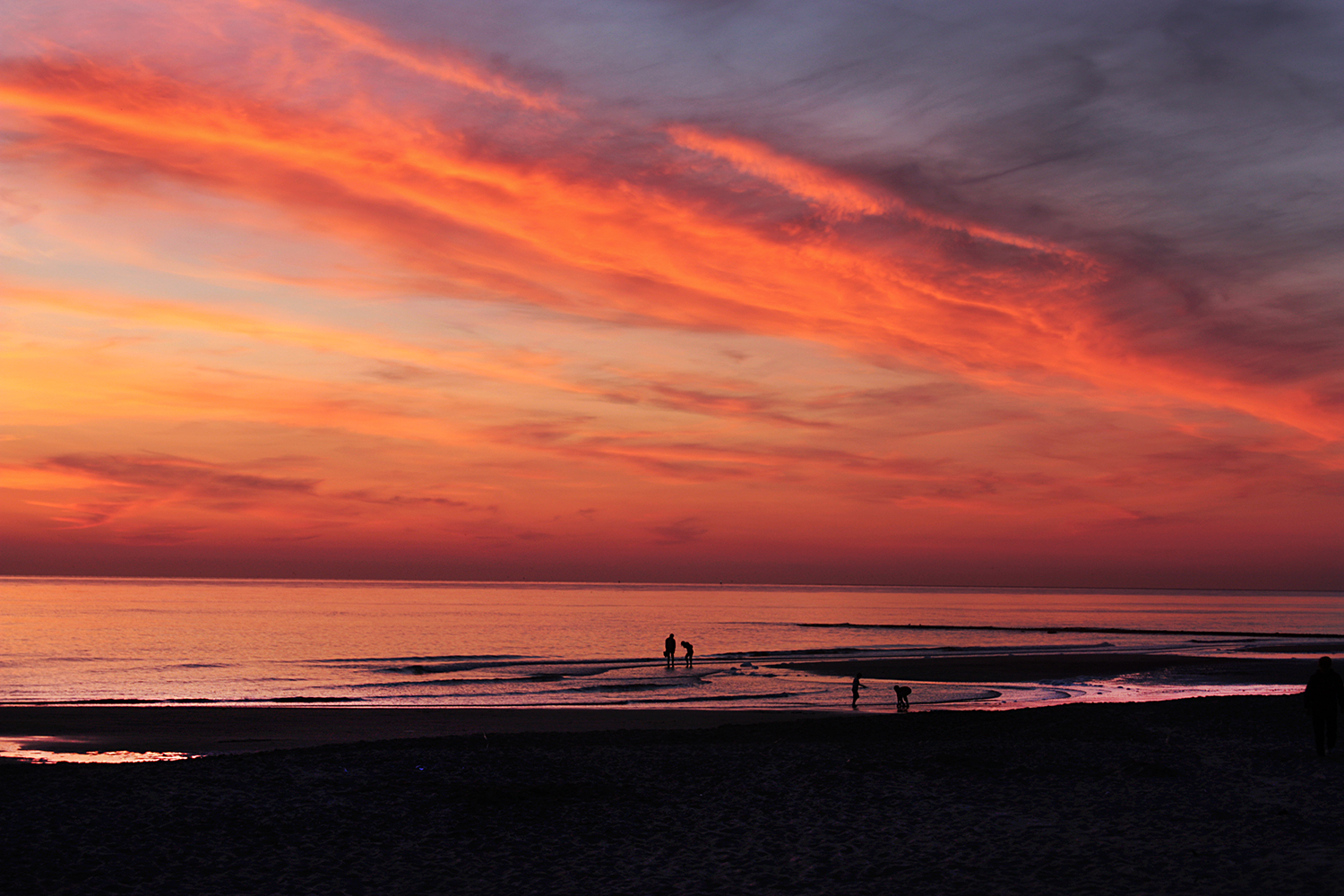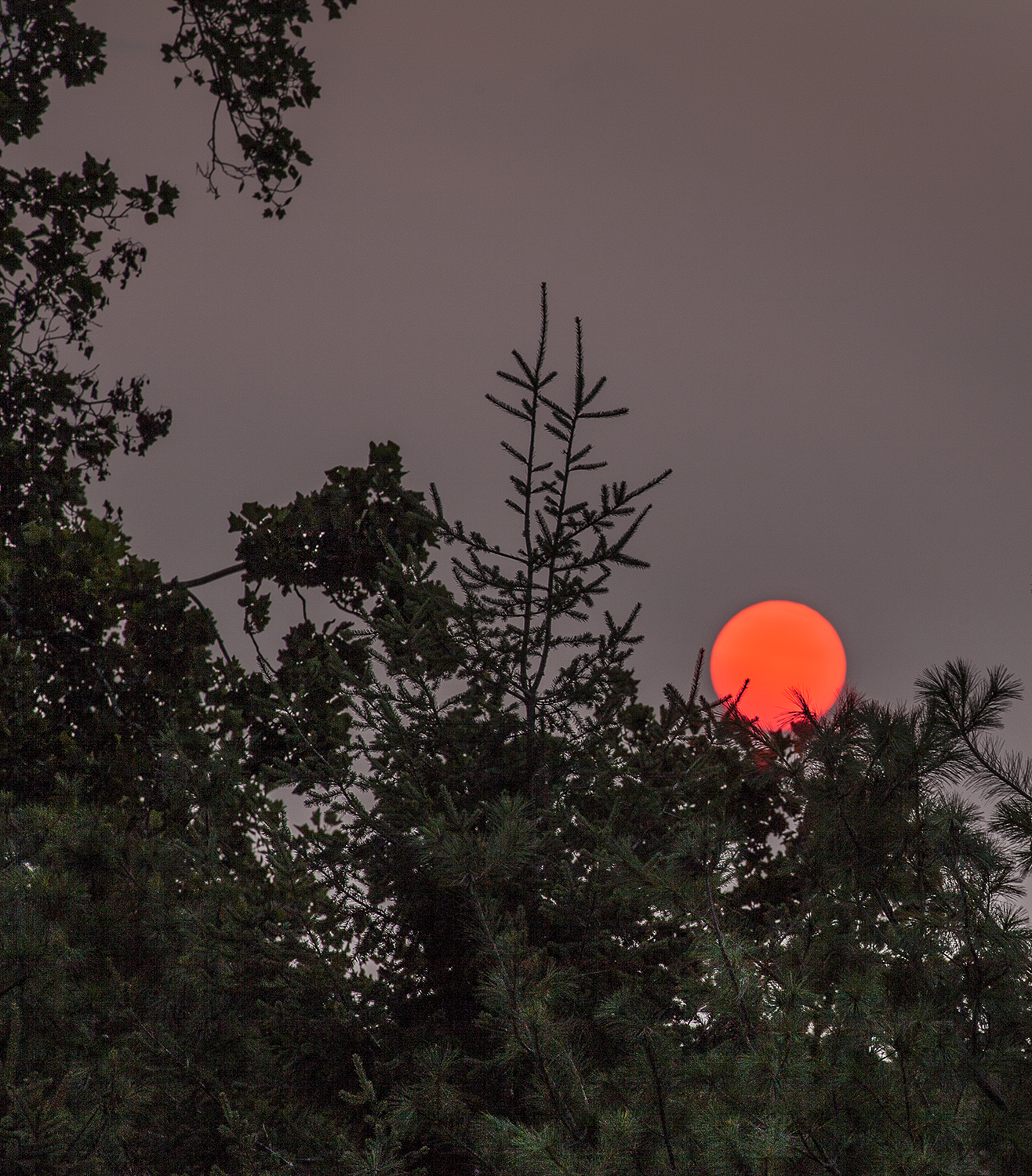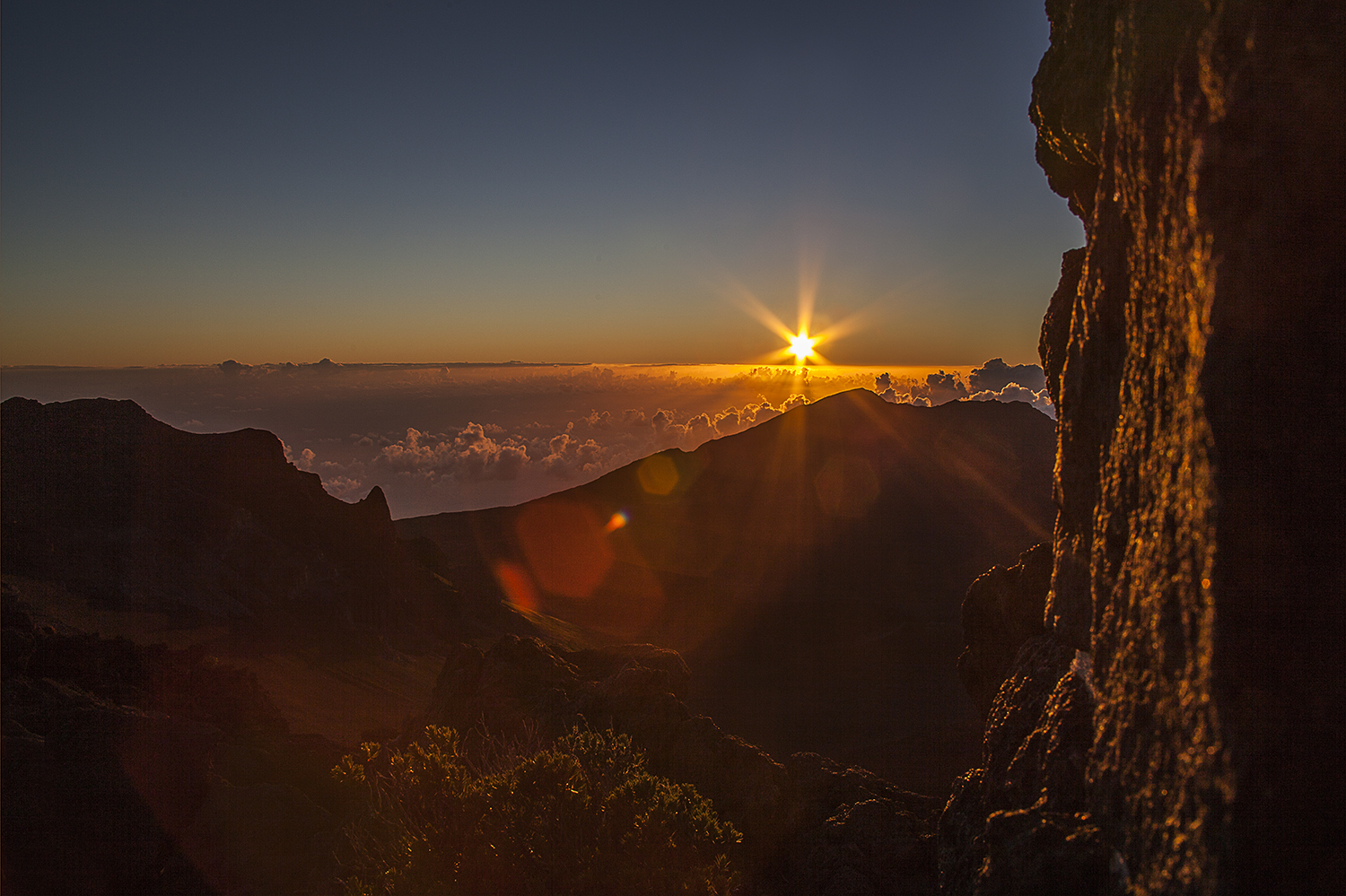Sunsets and sunrises are inspirational subjects for any photographer. In fact, a good sunset photo is often the reason people become interested in nature photography. You don’t need to have a great camera or professional training; almost anyone with a camera can take great sunset photos.
The great news is that good sunset photos are surprisingly easy to take.
It is not hard to expose a sunset photo; in many cases you can leave your camera on auto and it will do the work for you. The trouble people have is in making an interesting composition. It is not good enough just to photograph a good sky. The real challenge lies in turning a spectacular sky into a compelling photograph.
Here are my five tips for taking great sunset (and sunrise) photos.
#1: Prediction
Learn to predict a good sunset before it happens. Have you ever seen a perfect sky, only to realize you didn’t have your camera handy? In the five minutes it takes to get your camera and set up for the photo, the moment has passed. As brilliant as a sunset can be, the effect may last for only a few minutes, so you need to be able to choose your location, set up your camera, and be waiting for the show to start.
#2: Patience
Be patient to get the best colors. The few minutes as the sun is crossing the horizon can be spectacular, but that’s not the whole story of a sunset. As the sinking sun lights the clouds from below, often the richest colors appear up to half an hour later. By this time it will be getting quite dark, so be prepared with your tripod. You may be shooting exposures of half a second or more to bring out the best in your sunset photograph.
#3: Foreground
Find a good foreground subject. This may be the most important tip of all. We have all seen and photographed spectacular skies, so that alone is not enough to create your work of art. Try to identify some object that stands well above the horizon (trees, windmills, buildings, power-lines) and has a shape that will create a good silhouette. It doesn’t have to fill up your picture. In fact, it may only take up a small area–that will only make the sky seem even more impressive. The important thing is to give your picture a focal point, so that your viewer has something more interesting to look at than just a great sky.
Think back to tip #1. To get a great photo you need to be prepared in advance, so scout your location for a good foreground well before the razzle-dazzle gets underway.
#4: Color
Fill your photo with color. You have probably heard of the rule of thirds in landscape photography. In simple terms, this rule suggests your horizon should be a third of the way from the top, or from the bottom, of your photo to create a balanced composition. The trouble is, when you are photographing into the sunset, everything in the foreground will be in silhouette. This means if you follow the rule of thirds, a big part of your composition will be totally black. This is one situation where you can ignore the rule of thirds. By allowing your sky to dominate the composition, you fill your picture with color and draw even more attention to the richness of the sunset.
#5: Water
If you’re near water, use it to enhance the effect. People often see a sunset at the beach or by a river and stand a long way back to get their shot. This approach fails to take advantage of the reflections on the water, so instead of a rich foreground there will be too much empty black space.
Get right down to the water’s edge or to the wet sand on the beach. By capturing the reflections, your foreground will echo the colour of the sky. Not only will your photo be more colourful, but you will start to spot opportunities for much more interesting compositions.
So there you have my simple tips on sunset photography. Notice that I have concentrated on creativity, not technology. As I said at the beginning, exposing a good sunset photo is not difficult; the challenge is to make your photo stand out from the rest. Like all good nature photography, your sensitivity to nature is far more important than technical expertise. Allow nature to inspire you, think creatively, and great results are sure to follow.
Happy Shooting!




